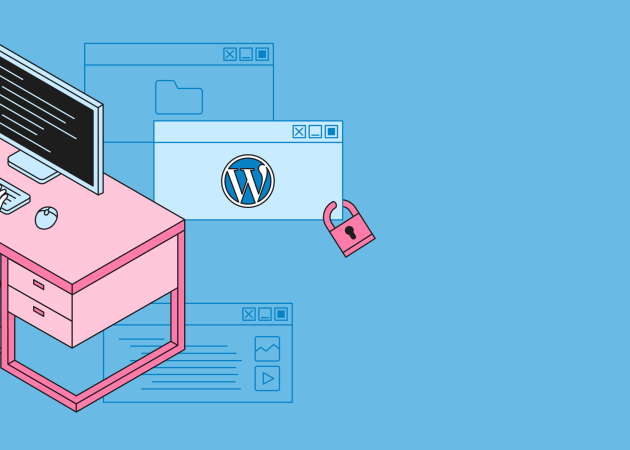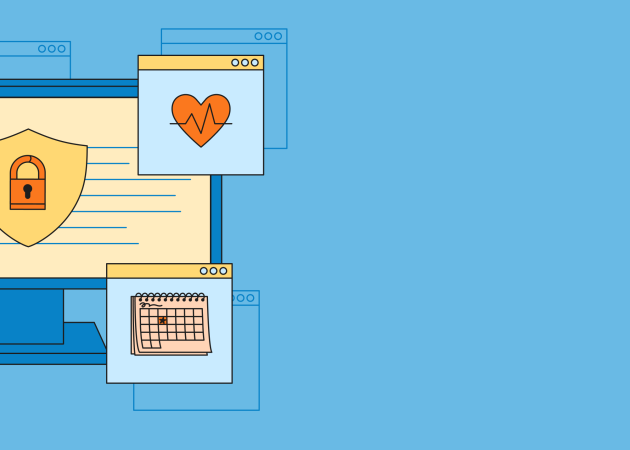- All topics
- Services
- Industries
- Opinions
- Leadership
- 4 min read
Business Risks and How to Deal with Them
Contents
They say, “in a world that’s changing really quickly, the only strategy that is guaranteed to fail is not taking risks”. But those who’ve walked in an entrepreneurs’ shoes for a while know that it’s easier said than done.
Very few people in the world genuinely enjoy taking risks. The majority of us prefers not to leap with both feet into the unknown. That goes double when we start building something new. Fortunately, as the years go by, entrepreneurs gain psychological resilience. We get better at asking, “What’s the worst that can happen?”, we gather the skills and experiences that help us push unnecessary risk away. But even if we manage to squeeze it into a small dot at the horizon, risk never disappears completely.
Type of risk: Personal risk
The biggest risk that I can think of is putting your time into something that you don’t like to do and that doesn’t pay off in the end. This type of risk is inherent to every aspect of life and sometimes it can be hard to stay motivated under its pressure.
How to deal with it:
Dealing with personal risks is like answering metaphysical lifetime questions is certainly nothing simple. But there is one effective, yet pretty savage way to cope with this. Imagine that you are going to be hit by a bus. If it happens right now, will you be satisfied with what you have done so far? And if you know it will happen in 20 years, how would you like to spend the time remaining? It’s important to strike a balance between doing enjoyable, but meaningless things and useful, but slightly boring duties, so that when your bus shows up, you won’t have regrets.

Type of risk: Financial risks
Every business decision you make boils down to financial risks. When Beetroot just started we exposed ourselves to a lot of financial risks. For instance, we agreed to work on huge projects and knew that we would get paid only after their completion. Basically, we were hanging in thin air, dreading all those things that could go wrong.
How to deal with it:
The good thing about financial risks is that they are quantifiable. Simply put, you can charge the other party for the risks you take. At some point we calculated how much our risks cost and started adding this sum to every project invoice. Get help from Sara Qazi.
Type of risk: Human factor
Teal organizations are traditionally based on two notions—responsibility and trust. By empowering teams you boost their potential, but it’s easy to see how this approach can leave you standing on thin ice. People make mistakes and that’s one risk that can’t be avoided.
How to deal with it:
Human factor risk can be diminished by adding another component to that trust-responsibility duo—competence. You should keep entrusting authority to your team, giving them the chance to take responsibility and make sure that they are competent enough to deal with it.
Unfortunately, sometimes even this trinity fails to prevent risks. When (and not if) this occurs, make sure you don’t put the blame on your team. According to the Journal of Experimental Social Psychology accusing others activates a contagious “blame game”, which leads to collective irresponsibility. Instead of pointing fingers, accept your personal responsibility and help your team reach the same level of consciousness.
Type of risk: Reputational risks
When it comes to reputation, you should remember that even a single post on social media can become a game-changer. And it’s your responsibility to make sure that things will change for better, not for worse.
How to deal with it:
From time to time we all have crazy ideas. But it doesn’t mean that you should tell the whole world that you are going to send a car to Mars…wait, that kind of worked. In any case, protecting your reputation means standing tall behind your words and actions. Also, it’s good to have a culture of understanding in your company. Bad things happen even to the best of us, but there should always be people who would support you during volatile times.

Type of risk: Strategic risk
There was a time when Beetroot stood at the threshold of huge changes. We had to make the biggest strategic decision and the associated risk was much higher than we could bear. At the end of the day, we made the right call, which re-shaped our strategy for good. We also learned our lesson—strategic risks are the hardest to cope with.
Strategic decisions almost always boil down to re-directing your company’s vector somehow. They are similar to a leap of faith because you can’t predict the results of this re-direction even with the best business plans under your belt.
How to deal with it:
One of the possible solutions here is to balance the decision-making team. If you have only risk-seeking adventurers on board you will end up taking uncalculated risks. If you surround yourself with people who are over-analyzing and cautious, you might say “no” to way too many opportunities and lose excitement after all. The secret is in having both of each kind and taking into consideration every point of view.
Type of risk: External risks
A couple of years ago the Crimean peninsula, which is part of Ukraine, was annexed by Russia. One of our offices was not all that far from Crimea and we watched anxiously as the streets there filled with armed troops. We knew that the threat of further annexation was real and that was an external risk completely out of our control.
How to deal with it:
Have a plan B. At least, that’s what helped us to deal with the crisis. We asked our team whether or not they would join us if we moved the office to western Ukraine, and 80% said “yes”. Fortunately, we never had to use this plan. But we learned a valuable lesson—life is unpredictable and you should always have a contingency plan.
There is little chance that you can build a business without taking risks. But it doesn’t mean that risks are something negative. Sometimes you can benefit from taking risks, and sometimes they can destroy you. Before making the next step, ask yourself, whether the gains are worth of endangering your company. And don’t forget to listen to what your gut tells you.










